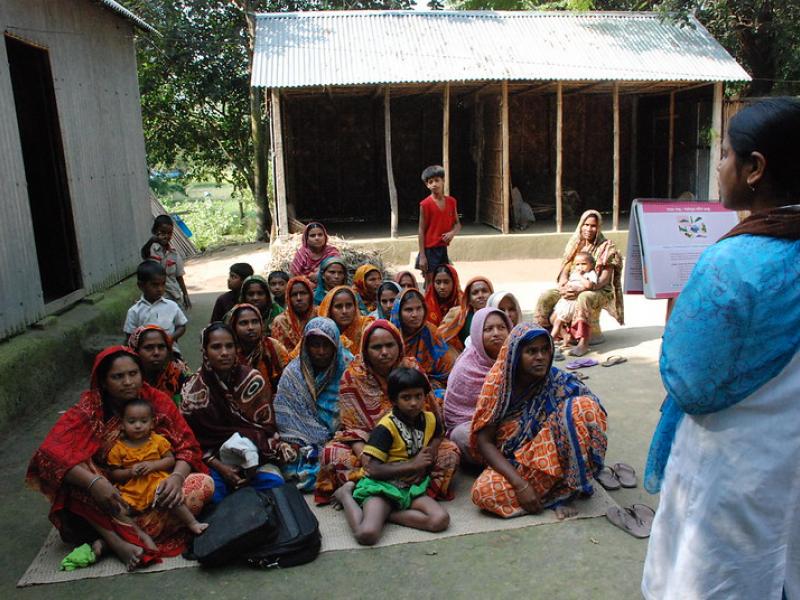Blended financing for nutritious food

Description of the innovative solution
In low-income countries, 70-90% of all food consumed is produced, processed, transported, and sold by Small and Medium Enterprises (SMEs). However, high risk and cost of financing has led to a shortage of finance for agri-food SMEs, particularly for small-ticket SMEs operating in local food markets (vs. export commodity chains) and for early-stage investments in developing new business models and product offerings that can address demand for nutritious foods or contribute to nature-positive solutions in food systems. In Africa alone, there is an annual financing gap of about USD 100 billion...
In low-income countries, 70-90% of all food consumed is produced, processed, transported, and sold by Small and Medium Enterprises (SMEs). However, high risk and cost of financing has led to a shortage of finance for agri-food SMEs, particularly for small-ticket SMEs operating in local food markets (vs. export commodity chains) and for early-stage investments in developing new business models and product offerings that can address demand for nutritious foods or contribute to nature-positive solutions in food systems. In Africa alone, there is an annual financing gap of about USD 100 billion for agri-food enterprises with needs between USD 25,000 and 5 million. Blended finance facilities combine concessional financing and commercial funding. Development organizations or philanthropic foundation, provides the concessional catalytic investment to de-risk the investment portfolio and provide a capital in various forms (i.e., first-loss and patient capital, subordinated debt, guarantees, Opex coverage), which then makes it possible to attack other investors with lower risk targets. As part of the de-risking strategy blending financing facilities can provide technical assistance to address capacity gaps the SMEs may have in order to grow their business in a sustainable manner. Impact investment in nutritious food is a new innovation, where generally acceptable KPIs standards and impact evaluation methods still need to be established.
Examples and additional resources
Real-world examples
See this solution in action in different contexts and settings around the world
Nutritious Foods Financing Facility (N3F)
Nutritious Foods Financing Facility (N3F)
Nutritious Foods Financing Facility (N3F)
Nutritious Foods Financing Facility (N3F)
Nutritious Foods Financing Facility (N3F)
Nutritious Foods Financing Facility (N3F)
Additional resources
Learn more about this solution through studies, articles, business cases, and other information
The potential of blended finance
Contacts
Connect to others working on and with this solution around the world
Pathways to uptake
Engage with our “backcasting tool” to imagine and design “pathways to uptake” for this solution in your setting.
This process involves defining a future vision of this solution being used in your context, and then working “backwards” to identify necessary steps to achieve this vision by 2030. Going through this exercise as an individual or with a team can help to clarify the WHAT/WHEN/HOW of moving a solution (or package of solutions) towards having major impact. We hope these pathways will inspire outside-of-the-box thinking, creative approaches, and actionable concrete steps to move ideas into action.
Pathway builder
Explore pathways for this solution
Be the first one and add a pathway for this solution!